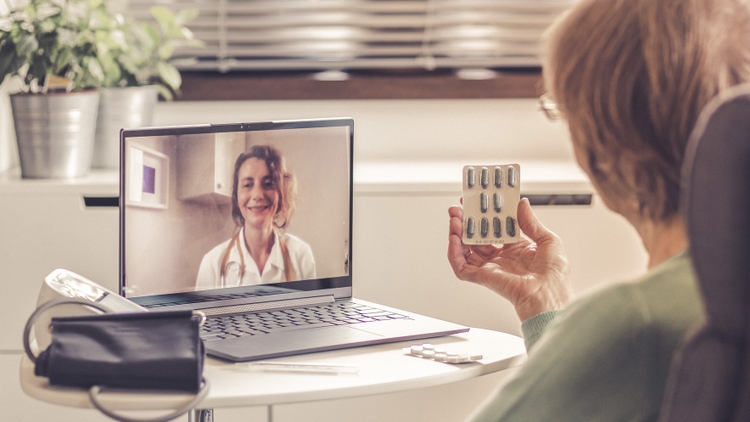Virtual Care: Expanding Patient Reach

Telehealth has surged in popularity since the coronavirus first reached the United States, but this is not the only reason why patients and providers are so keen to invest in it.
Long before the coronavirus arrived, health advocates had been pressing for an increase in telehealth flexibility due to shortages of medical care in rural areas. Since 2010, 120 agrestic hospitals have closed, and access to services such as primary care, pregnancy, addiction and cancer services have been notoriously difficult to access in the countryside.
This is all changing due to state and local governments’ investment in telehealth as a result of the pandemic, with telehealth effectively allowing your personal doctor to reach you in your living room through the medium of video and audio software.
Travel or Distance No Longer a Factor
Telehealth now connects patients who were once unreachable due to where they lived. Instead of having to travel long distances to reach a clinic or hoping their symptoms resolve independently, patients living in more rural areas can now contact an online doctor from the comfort of their own home.
And now all patients, urban and rural alike, are enjoying the benefits of virtual visits. Telehealth, which was already growing in popularity and importance prior to the coronavirus, has leveled the playing field for patients across the country, to the benefit of all.
Where once patients had to arrange transportation or childcare, take time off work or sit in a car for long periods of time just to visit their doctor, now all face the same, much less significant challenges: identify a time for an appointment and then wait for their personal doctor to contact them online in the comfort of their living room.
The Gap is Closing
The Federal Communications Commission (FCC) announced recently that 19 million Americans didn’t have access to adequate internet services. Of those 19 million, 14.5 lived in rural areas.
However, both state and local governments have actively been working to reduce these figures by improving rural access to broadband internet and boosting funding for telehealth. Likewise, the FCC has announced that they are going to plow more funds into their programs that were set up to expand access to broadband internet in areas with weak signals.
These improvements and changes will have a lasting impact on areas previously affected, pulling them into the 21st Century and closing the gap between the services available in urban areas and agrestic ones. For example, antimicrobials are now being used in some areas where there isn’t any access to infectious disease physicians, thanks to telehealth opening the door to this possibility.
The Benefits Will Be Long-Lasting
Given the higher incidence rates of diseases such as cancer, diabetes and heart disease in rural Americans, telehealth provides an accessible and convenient way for patients living outside cities and towns to manage chronic conditions like these. Personal doctors can arrange regular virtual check-ins to help patients manage their conditions and ensure that their health hasn’t deteriorated, while patients’ health can be monitored remotely with smart devices. Furthermore, patients now have the ability to access their records electronically from anywhere.
Likewise, minor symptoms such as rashes, allergies or colds can be assessed by online doctors, who will then determine if a patient’s symptoms warrant an online prescription or decide if they need to be seen in person.
Given the drive by both government and provider to increase the accessibility of telehealth in rural America, the distance between patients in rural areas and physicians is shrinking rapidly. Such accessibility will have a marked impact on healthcare outside the cities, radically altering patient experience for the long-term.

